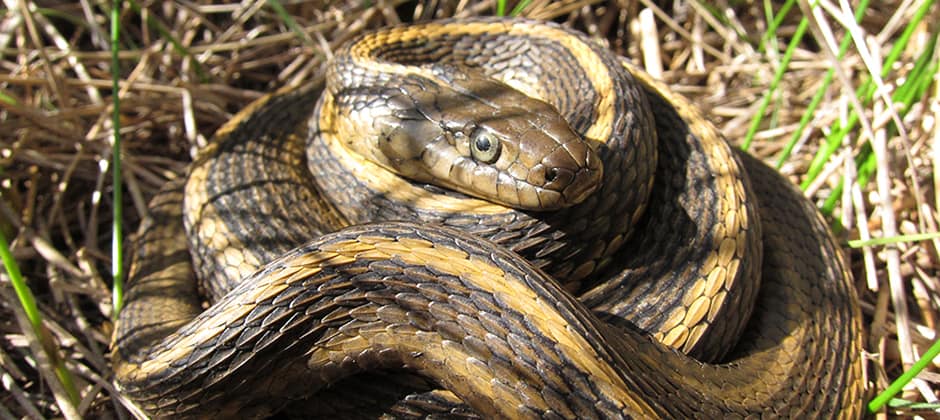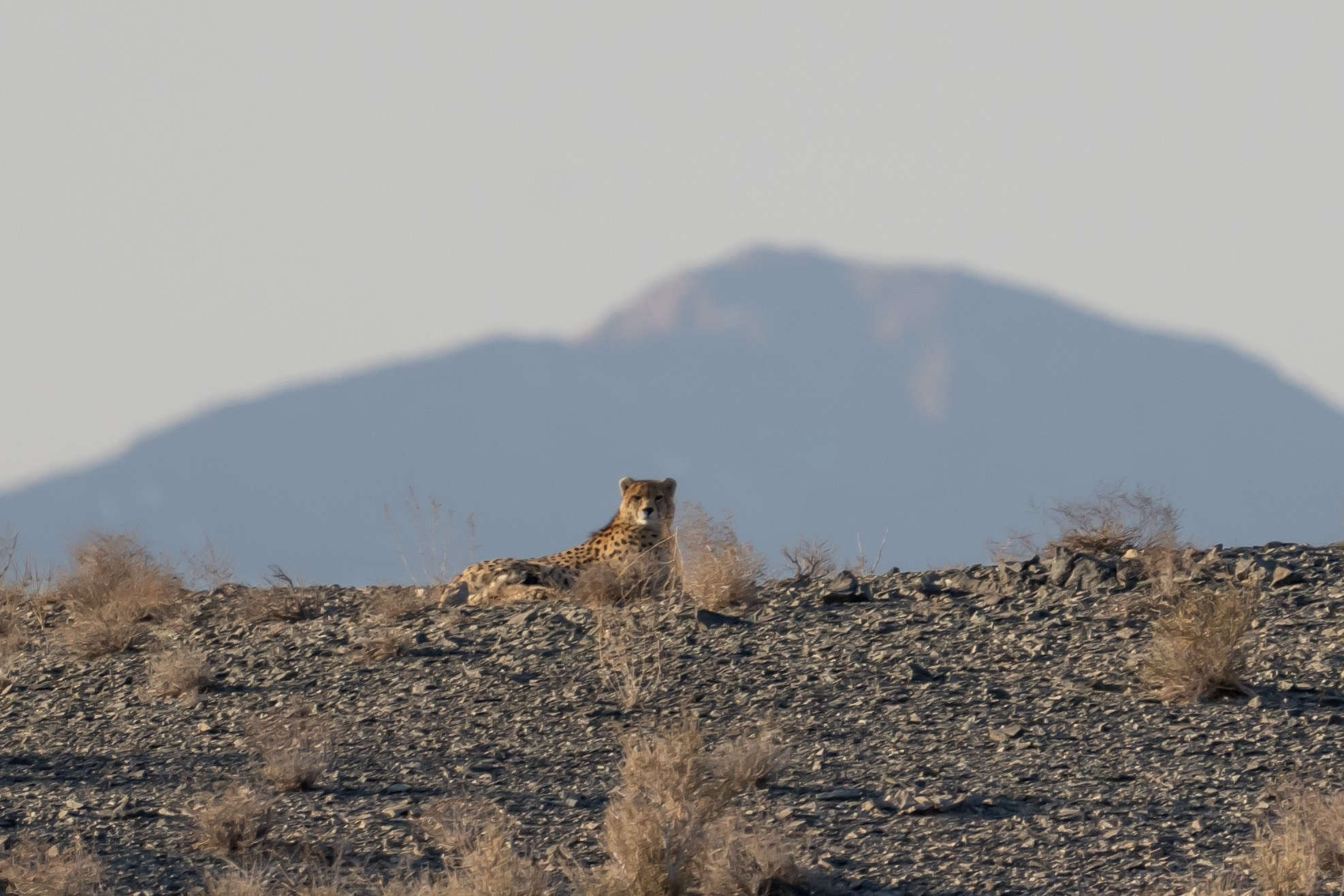Share this article
Rice fields help threatened California snakes
Federally threatened garter snakes in California are using flooded rice paddies as refuges, but irregular management practices may limit the help these agricultural landscapes can provide the reptiles.
“They probably wouldn’t be here if it wasn’t for the rice,” said TWS member Brian Halstead, a research wildlife biologist with the U.S. Geological Survey’s Western Ecological Research Center and the lead author of a study published recently in Global Ecology and Conservation. But he believes that better rice farm management practices might give the snakes a better buffer from the threats they continue to face.
Giant garter snakes (Thamnophis gigas), listed as threatened under the Endangered Species Act, were traditionally found in Central California’s Sacramento and San Joaquin valleys. The snakes thrive in wetland areas where they hunt frogs, tadpoles and fish.
But development over the years meant much of the former wetlands were converted to orchards and row crops. The snakes, once abundant in the San Joaquin Valley, were almost extirpated other than a few remnant populations due to the landscape changes. The snakes had also suffered a huge blow to their range with the drying of the Tulare Lake in the 20th century due to its tributary rivers being rerouted for municipal water supplies and to irrigate crops. These changes have caused the snakes to lose about 95% of their historical habitat.
At some point, farmers in the Sacramento Valley began growing rice, and the rice fields provided snakes with the right conditions. “The rice agricultural system provides surface water during the summer when the snakes are active and marsh-like conditions provide the cover, habitat and prey that the snakes need,” Halstead said.
In 2014, Halstead and his colleagues wanted to see how the snakes would deal with the drought in the area. During dry years, farmers choose not to and sometimes cannot plant rice, instead selling off their water as it brings a higher price than the yield from the rice itself would, Halstead said.
“The original intent was to see whether the snakes were going to be able to move to where there was water,” he said.
Halstead and his colleagues trapped snakes in rice farms and equipped those weighing more than 7 ounces with radio transmitters. They tagged 58 snakes, only four of which were males due to the males’ smaller size, and tracked their daily activity and survival.
They found that the snakes made the most use of rice fields only after the rice plants had grown large enough to break through the surface of the water around early June, remaining in this habitat until September when farmers drain the fields.
Snakes typically had higher survival rates when more rice fields were within 1640 feet of their home range.
“If they were chronically exposed to less rice, then their risk of mortality was higher and their survival was lower,” Halstead said.
But the snakes weren’t actually found much in the fields themselves, but rather in the water canals that ran alongside the fields and fed into them.
Halstead believes this higher survival rate may be due to the effect rice fields have on dispersing wading birds and other predators that feed on garter snakes. When the fields are flooded, many of these predators will disperse away from the canals where the snakes concentrate. But when the fields are dry, the canals become crowded with a whole assortment of threats to garter snakes.
It might also be due to a spillover effect. “These rice fields are really shallow, warm aquatic environments, and they’re highly productive,” he said. They export nutrients and invertebrates into nearby canals which in turn feed snake prey like frogs, fish and tadpoles.
Halstead and his co-authors also found that the snakes didn’t actually use rice fields during the spring after emerging from hibernation — a period that also showed the lowest snake survival rates. This might reflect snake vulnerability, since the reptiles basically don’t eat from October through March and perhaps into April.
In a natural system, snowmelt from the mountains would typically ensure an abundance of good habitat for the snakes to forage in during these spring months when they emerge.
But many farmers now prefer to keep their rice fields dry during this period.
“There is the difference from the historical conditions, which puts stress on the snakes at this time of year,” Halstead said.
“Rice is great for the snakes compared to nothing, but that rice probably isn’t the best thing for the snakes,” he said, adding that this is due to the incongruity between when the water is delivered and when the snakes need it.
This relationship could be improved, he said, if farmers could adjust their seasons to get water into the fields a little earlier and with more consistency over the years.
Header Image: Giant garter snakes have lost most of the historical range in Central California. ©Matt Meshriy, USGS








